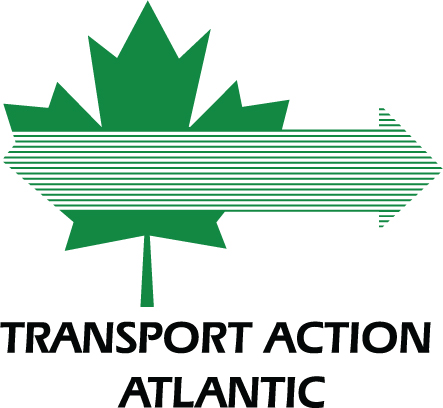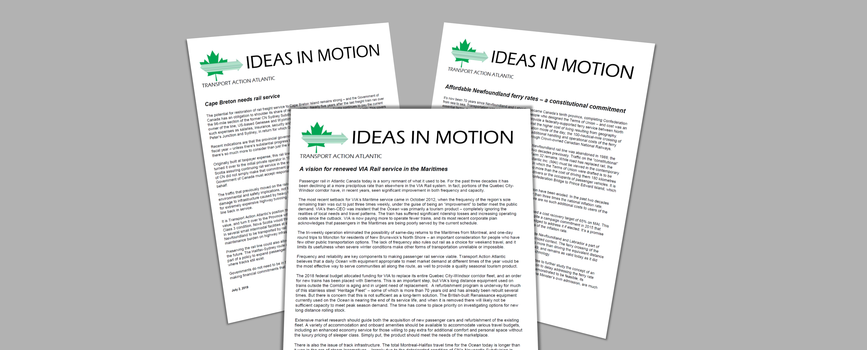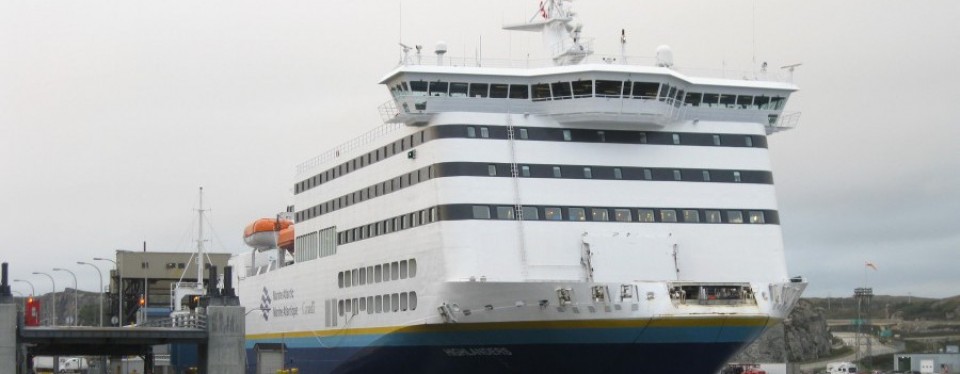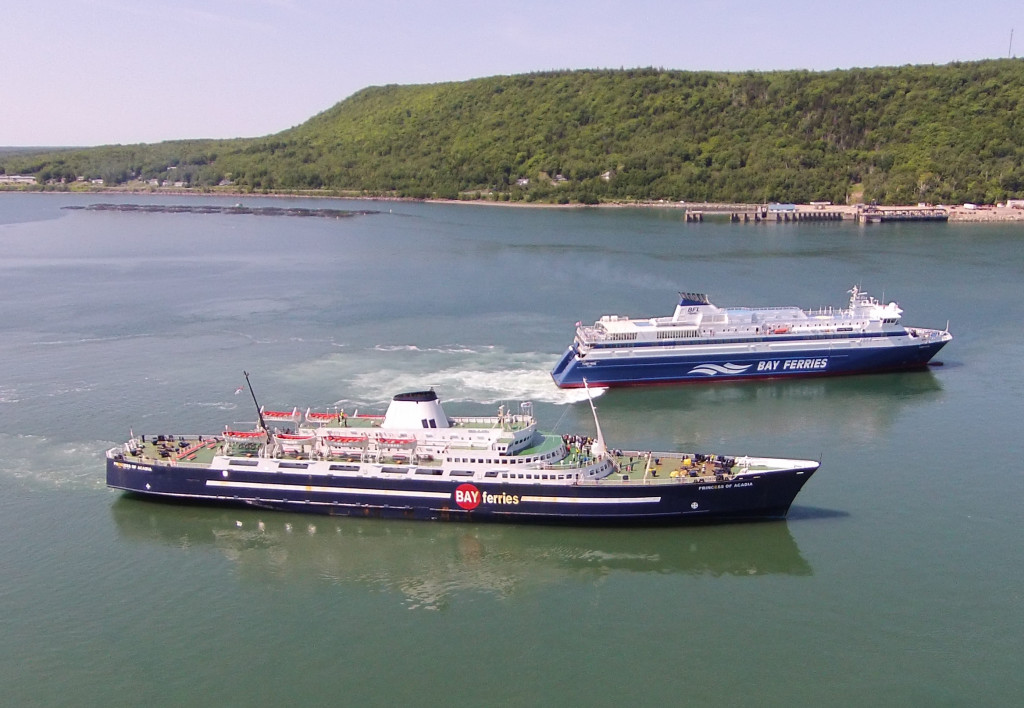Transport Canada has launched a survey to ask Canadians for their views on the future of transportation in Canada, to help develop a long-term agenda for transportation in the country.
Please take a few moments to fill out the survey and share your views on the direction you’d like to see transportation policy go in the future. You can express your support for improved passenger rail in the Maritimes, better rural bus services, or whatever transportation issues you’re concerned about.
Click HERE to fill out the survey.
In addition to the survey, Canadian Minister of Transportation and Infrastructure Renewal Marc Garneau will be holding a live Facebook even on June 16 at 6:30pm, and is inviting people to join and share their experiences as a passenger. You can find out more about the event and how to participate HERE.







